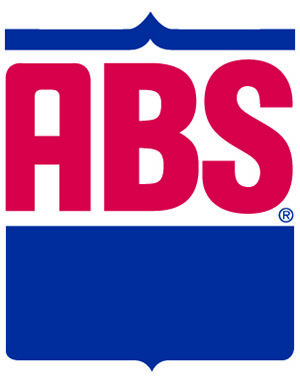In the four western provinces, that number nearly doubles, with Manitoba leading the country with more than 17 percent of producers now having made the switch. We’ve clearly moved beyond fad.
Not surprisingly, producers milking in robotic environments – or planning to – select differently for their genetics. There are traits that become increasingly important to these producers, and a number of companies have highlighted the sires best suited for producing cows for robotic milk machines.
One trait in particular has dominated the focus – rear teat placement – but a number of others are of equal importance, and others still will become so once enough sire data specifically from robots is available for analysis.
To be sure, rear teat placement is a concern for robotic milking. In fact, it has been a growing issue for all milking systems. When teats are too close together, it is difficult for robots to attach teat cups; this is a challenge in other milking systems too, creating attachment issues and making complete milkout difficult.
That said, widening rear teat placement can be a slippery slope that inadvertently affects what might be considered as ideal for traits like front teat placement and median suspensory ligament.
It is better perhaps to not credit sires that widen teats too much but instead give greatest credit to sires that leave teats ideally placed in the centre of the quarter.
Teat length has become an industry problem – for robots and otherwise. Most robotic indexes or formulas select against sires that significantly shorten teats further. While for years shorter teats was preferred, we’ve gone beyond the ideal.
Selecting for longer teats makes sense today – but once again, we must guard against including sires that go beyond what is considered acceptable. Most of the traits considered important for robotic milking are important for all milking systems – they just become more important.
Take, for example, milking speed. No one likes slow-milking cows, but in robotic environments where cows at peak production sometimes choose to be milked four or five times a day, it is understandable that milking speed would take on a heightened importance.
And then so is overall mobility, as cows need to be able to walk unabated and to avoid showing up on attention lists. With increased milking, placing extra emphasis on selection for low cell counts and mastitis resistance makes sense as well.
Add milking temperament to the list too, to help protect the valuable machines as much as promote cows that enjoy their milking experience. These traits included in some robotic sire listings make sense and, for most people reading this, are not new. So what can be added that creates food for thought?
Here are a few concepts that, while still futuristic, should stimulate some discussion:
-
Better in robotic situations – We ought to have enough data now to identify those sires whose daughter proof from robotic daughters exceeds those from daughters in non-robotic herds.
Surely, this would be of interest to the industry. Production yields and component yield difference would be of greatest interest, but milking temperament and milking speed could become objective rather than subjective traits.
- New traits – There are some traits we should collect data on that would have great relevance for robotic herds. Here are a few examples:
- Average visits per day – adjusted for lactation number and stage of lactation and expressed as a deviation from herd average
- Average number of refusals – Some cows would like to be milked even more often than allowed; do we want to know if certain sires deliver them more often than others?
- Attachment failure rate – could relate to udder shape, teat placement or length
- Average milking time and average milk flow – an efficiency rating of sorts
No doubt, there are many producers milking with robots who have other traits they recognize to be important for success in their operations. While warding against needlessly adding traits to evaluate, the counterpoint is that as an increasing percentage of operations move to robotic milking, their needs should be considered too. ![]()

-
Paul Meyer
- Sales Manager
- WestGen/Semex
- Email Paul Meyer








